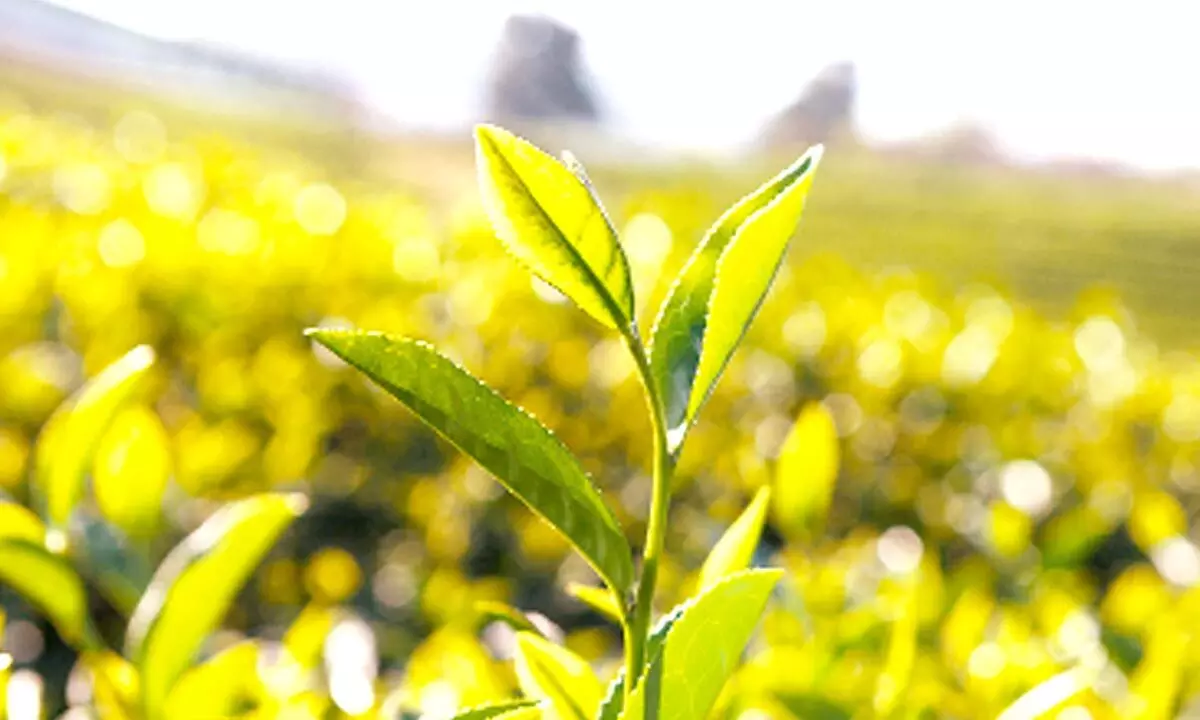Tech that will help make food system carbon neutral
The carbon footprint of food systems includes all the emissions from its growing, processing, transportation and waste; Here are 3 technologies that will our food systems much more resilient to global threats
image for illustrative purpose

Toronto: Globally, about one-third of all greenhouse gas emissions come from agriculture and food systems. The carbon footprint of food systems includes all the emissions from its growing, processing, transportation and waste. Agriculture is also vulnerable to the effects of climate change and, as the conflict in Ukraine demonstrates, food systems can be exposed to geopolitics. Several technologies are already available that can help decarbonise the complex systems that link producers and consumers. These technologies can also make our food systems much more resilient to global threats.
Here are three that we think show tremendous potential. 1. Carbon farms and regenerative agriculture Today, most of the greenhouse gas emissions linked with our food come from producing the food, and are emitted when the soils are plowed. This is important as undisturbed soils store carbon. But with some relatively small changes to management, soils can once again become carbon sinks. For instance, planting legumes and forage crops every few years, rather than just growing commodities like wheat or corn, or seeding a cover crop in the fall, when fields would otherwise be bare, allow organic matter to build up and help the soil to absorb carbon. Not only does this help slow climate change, it also protects soils from erosion. The idea that farmers can simply use more crop types may not seem technologically sophisticated, but it does work. And a new generation of smart farming tools, which includes farming equipment that uses big data and artificial intelligence, will soon help farmers adopt these practices that produce food and trap carbon. These smart farming tools are part of a broader digital agricultural revolution, also known of as precision farming, that will allow farmers to reduce their environmental impact and track how much greenhouse gas their fields are capturing, creating a carbon ledger that documents their efforts.
2. Smart fertilisers Traditionally, it takes a lot of fossil fuels to turn nitrogen from the air into fertiliser. Additionally, it is challenging for farmers to put exactly the right amount of fertiliser in the right place, at the right time, for crops to use it efficiently. Fertilisers are often overapplied, and not used by crops, ending up as pollution, either as as greenhouse gases or water contaminants. But a new generation of fertilisers aims to fix these problems. Smart bio-fertilisers, use micro-organisms that are bred or engineered to live in harmony with crops and capture nutrients from the environment, providing them to the crops without waste.
3. Precision fermentation Humans have used micro-organisms to turn sugars and starches into fermented products such as beer, wine and bread since the dawn of history. But before long, precision fermentation will be used to produce a great many more products. For decades this technology has been used to create most of the world's insulin and the enzyme rennet used in cheese making. The United States recently allowed animal-free fermented dairy protein — made by inserting milk-producing genes into microbes — to be used in ice cream, which is now available for sale. It is only a matter of time before products from precision fermentation become common place in supermarkets everywhere. In the future, if fermentation micro-organisms are fed waste products (such as leftover "spent grains" from brewing or waste starch from plant-based proteins), farmers could create low-impact, high-value products out of organic material that would otherwise be wasted and decompose into greenhouse gasses.

